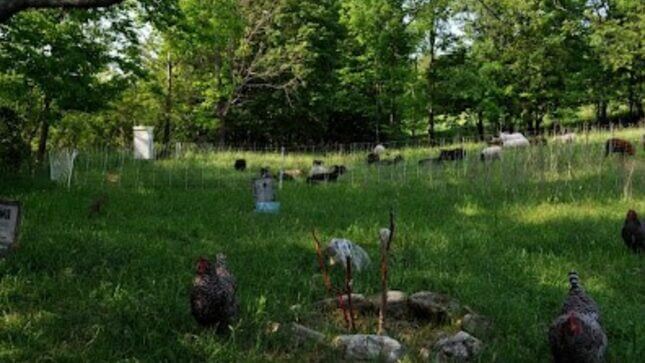No One Wants to Live on Womyn's Lands
Latest

The brutally expensive cost of housing in many American cities means that more young people than ever are living with roommates or even in dorm-like setups, which begs the question, how come communes aren’t making a comeback?
A recent New York Times piece asks that question specifically as it pertains to lands across the US owned by and designated specifically for womyn-centric groups created, primarily, as “rural lesbian utopias in the 1960s.” As the founding members of these communities age, they’re having a difficult time finding new members to keep the communities alive. A couple of the younger visitors to these spaces interviewed in the piece are around 35 years old and report often being the youngest in their groups by about two decades.
-

-

-

-

-

-

-

-

-

-

-

-

-

-

-

-

-

-

-

-

-

-

-

-

-

-

-

-

-

-

-

-

-

-

-

-

-

-

-

-








































